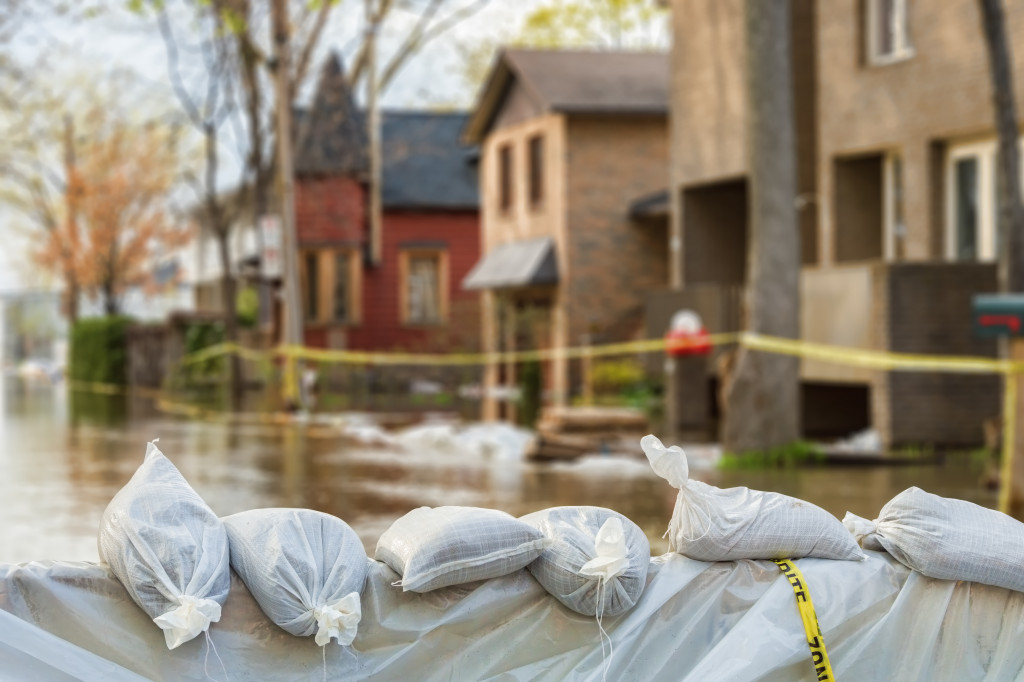No place is ever safe, not even our house or our neighborhood. Anytime, accidents or natural calamities like floods, wildfires, and earthquakes can occur. In the event of a large-scale disaster, local responders can be too overwhelmed to rescue all the affected residents.
You will never know when the next disaster will strike. In the worst cases, telecommunication infrastructure can fail, disabling anyone from your town from calling for help. With this, there is no better time to team up with your neighbors and form a contingent emergency response team. That way, when rescue is unfortunately unavailable, you all can facilitate the safe and immediate evacuation of all residents to the town’s designated safe zone.
Here are the preparations that established emergency response teams usually make to ensure their coordinated movement:
CERT Training
In case you don’t know yet, select representatives of your town or municipality can enroll in a community emergency response team (CERT) program. This is offered by the government agency Ready, which educates communities on preemptive measures that can be taken when emergencies and disasters, both natural and man-made, occur in their locality. Of course, you have to reach a good number of people willing to participate in the training to attend the lectures and event simulations as a team.
During the program’s commencement, expert emergency responders will be there to impart practical knowledge on the protocols that rescuers need to follow in anticipation of and the course of a local emergency. In addition, they will teach you about systems that alert the public of any emergencies and how to build your response kits.
While you go on with the course, you should also identify your team’s overall chief. It would be best to determine who is in charge of communication, finance, procurement, health, engineering, and audit. Knowing who is accountable as early as this point will help ensure the continuity of your plans and encourage the participation of more residents.
After completing your training, you can opt to apply to be a certified emergency response team. The benefits of getting certified include continuing educational support from your local government and opening you to a network of public service groups and leaders.
Risk Assessment
Conduct a risk assessment with your team. Zero in on what emergencies your locality is prone to have. Recall the problems you all encountered when those emergencies transpired and, from there, plan on what you can improve.
Did your problem involve lapses in communication, evacuation plan, disaster relief, or assistance for those with limited mobility, like the elderly? Brainstorm on objectives for every noted dilemma and cite the specific tasks for the accomplishment of these objectives. For every task, identify the point persons, timelines, and resources needed.

Procure Essential Goods
One way or another, you will need to have a disaster contingency fund. And so, depending on the agreement of residents, you can collect monthly dues. Use this to purchase medical supplies and personal protective equipment that your team can use during rescue operations.
Allocate a portion of your budget to renovate your evacuation site and equip it with emergency lights and fans. For temporary needs, you can rent an industrial heater. As a result, the place will be comfortable for the meantime evacuees stay in it. Identify safe storage for your community’s emergency food and medical supplies.
It’s not only through financial support the residents can get more involved with your locality’s emergency management. You can encourage them to donate spare sets of clothing, mats, blankets, flashlights, packaged food, hygiene kits, and bottled water.
Get Your Team Known
It would help if you made your team known to public institutions like hospitals, fire stations, police, social service, charity, and churches as early as possible. That way, they have a focal person from your locality to contact in case of any emergency. On the other hand, you can seek their assistance in case of an overwhelming rescue operation.
Learn From the Past
Apply all that your team has learned when an emergency arises. After each crisis, make sure to have a debriefing session and discuss what can be improved in your next operation. The key is to rinse and repeat, and you will find that your rescue activities will improve over time.
Conclusion
Established emergency response teams can only mobilize themselves because of sophisticated and streamlined protocols. Just because you are just a congregation of residents that teamed up and formed your ERT does not mean you cannot imitate the systematic operations of established ones. At the end of the day, much can be achieved when you and your neighbors work together, more so during times of distress.
